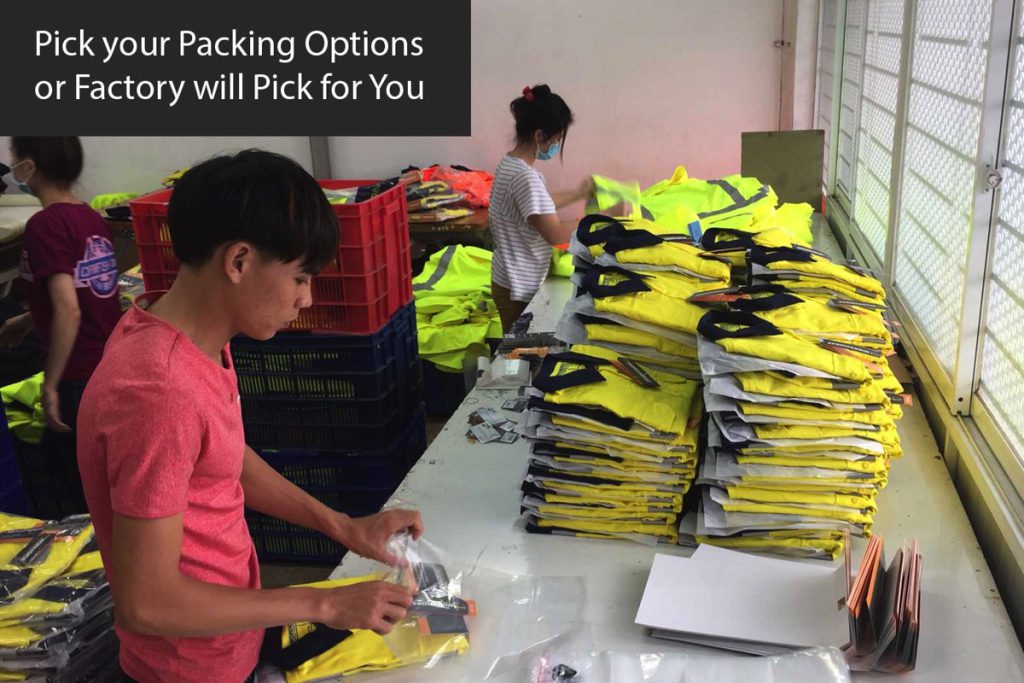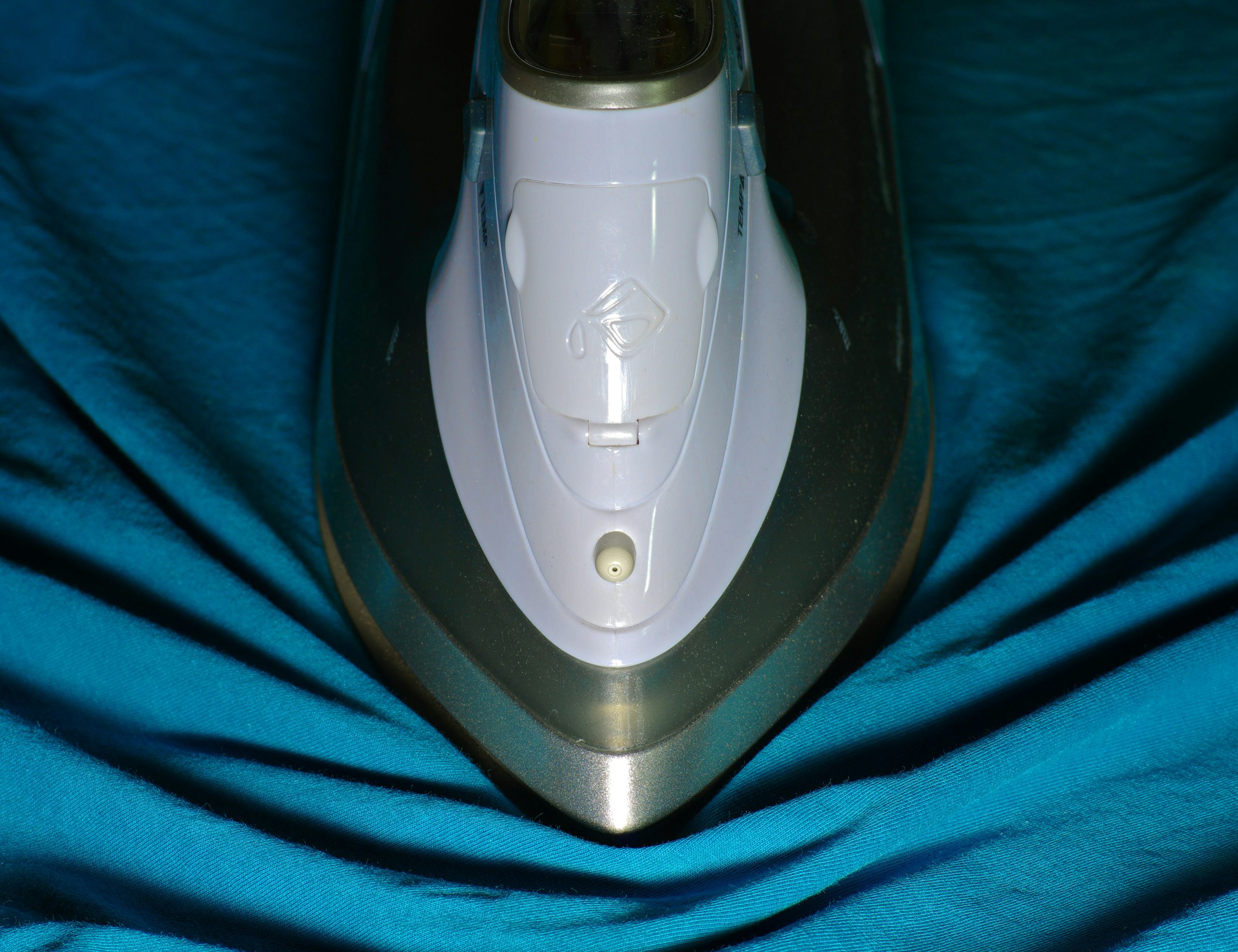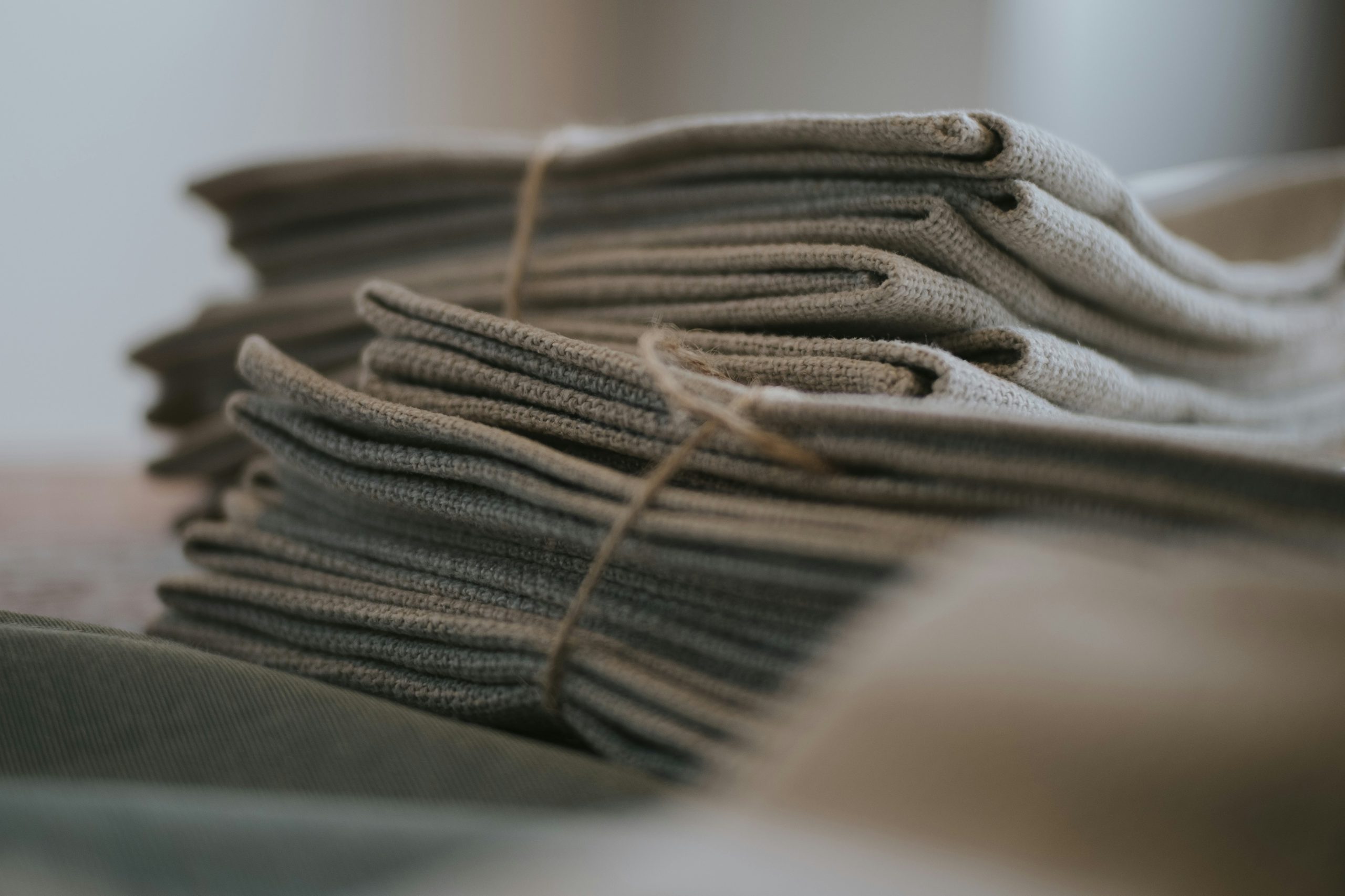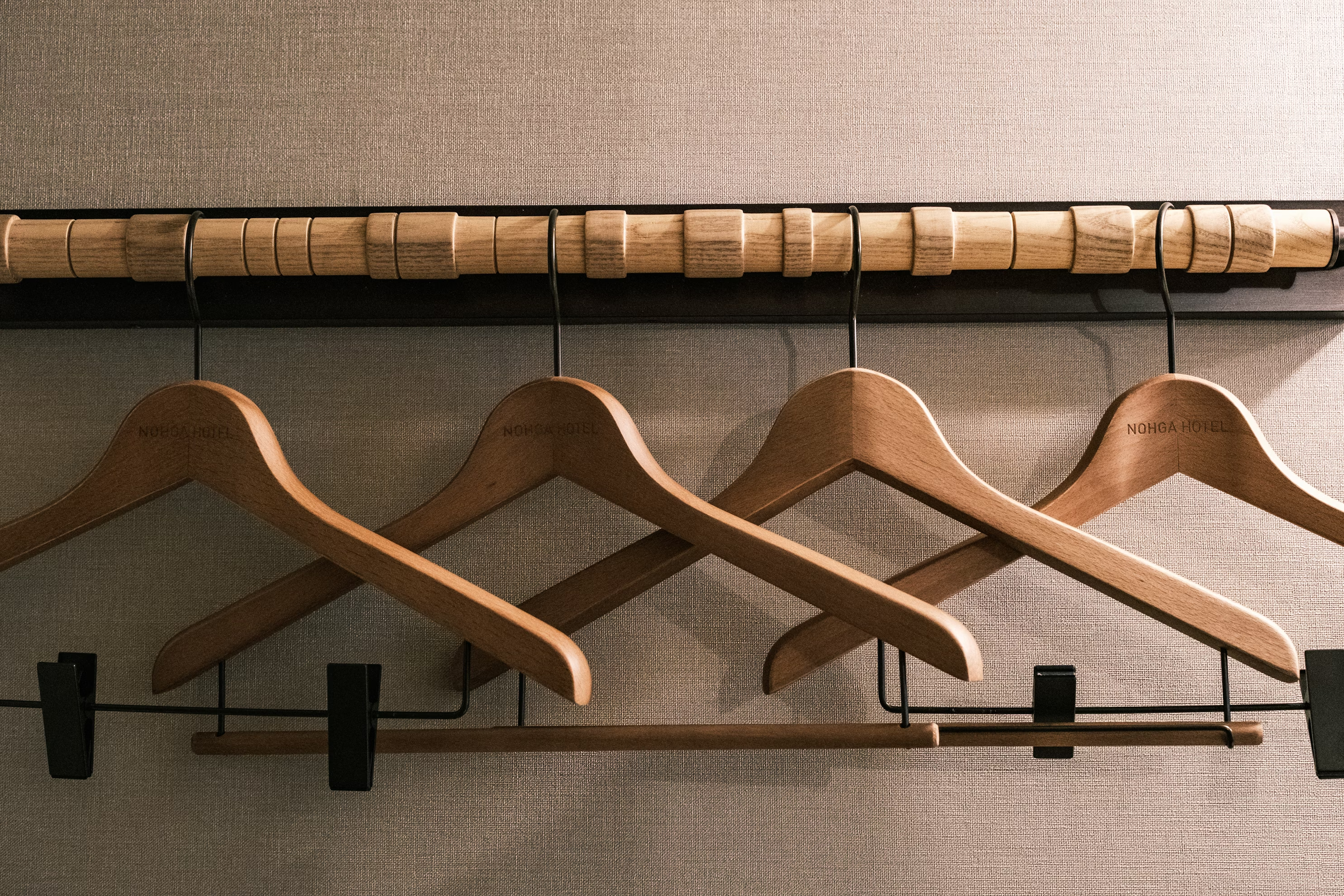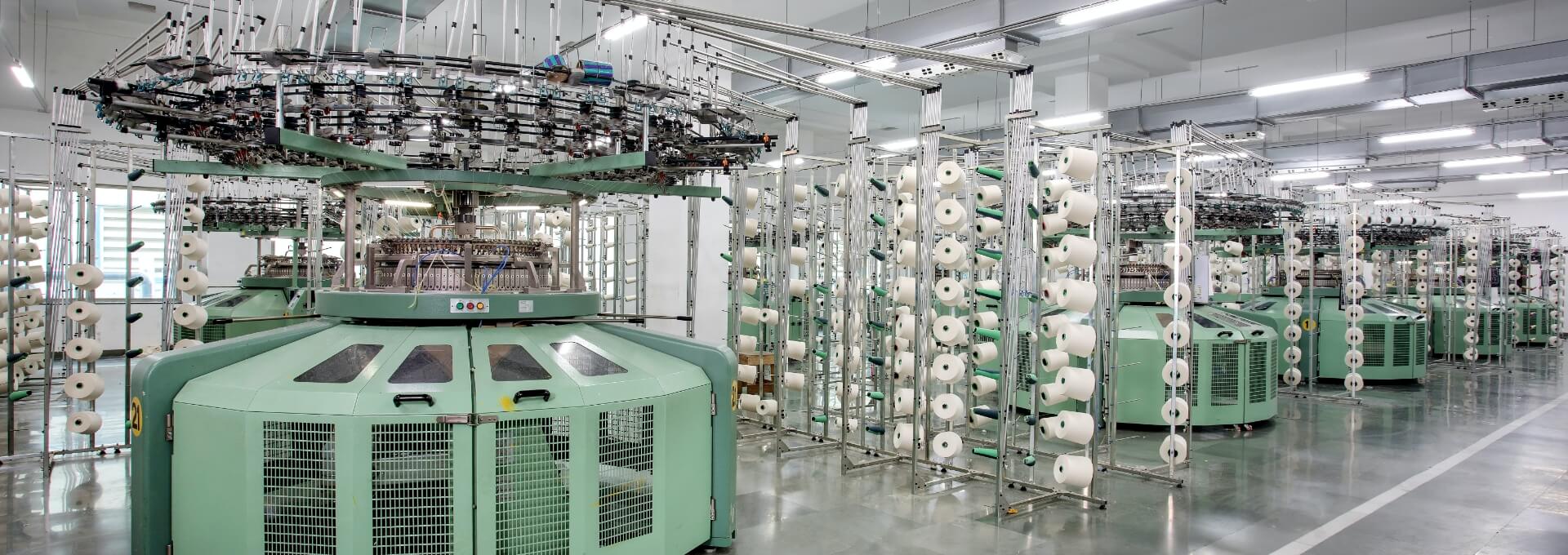The place to list our your garment packing options, requirements really, is in your tech pack. Here are some of the considerations for garment packing options:
Is ironing necessary?
Does the factory use folding boards?
Is Hanger Packing necessary?
When should I insist on using metal detector?
What questions do you have about garment packing options?
If you need help choosing your garment packing options then ask me.


